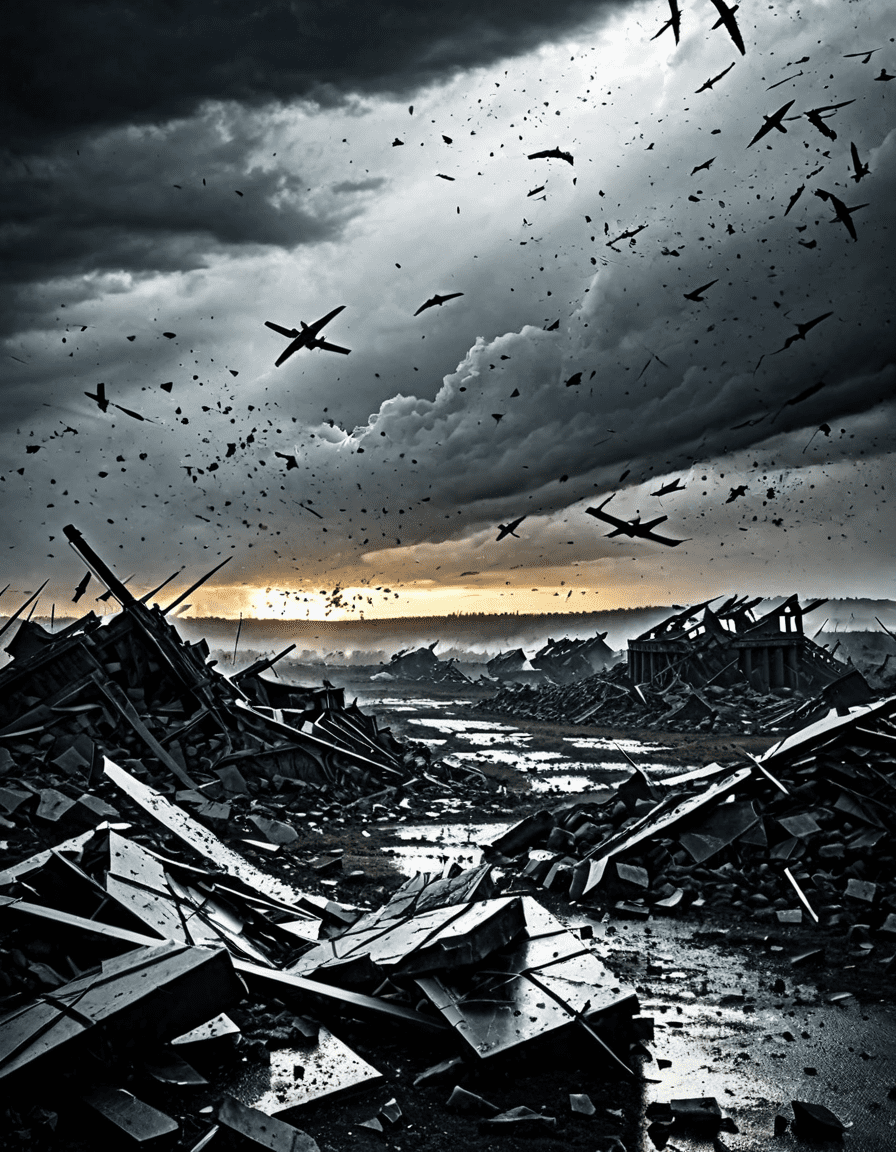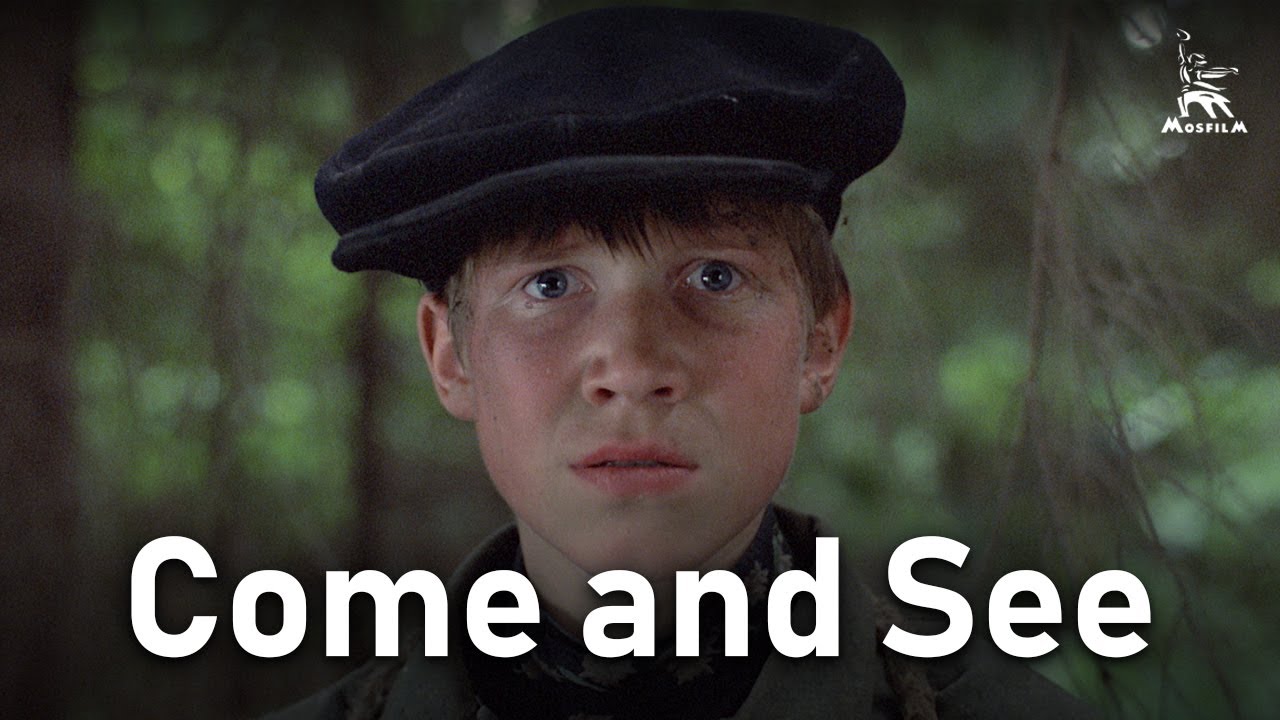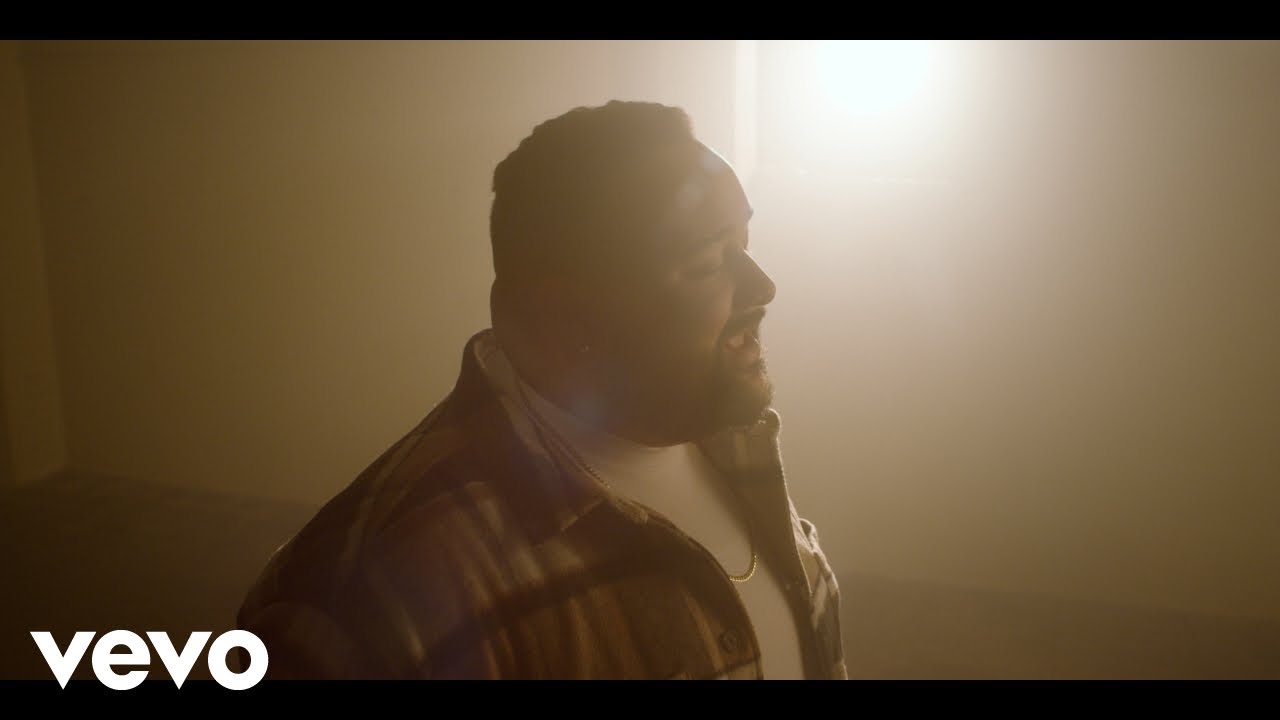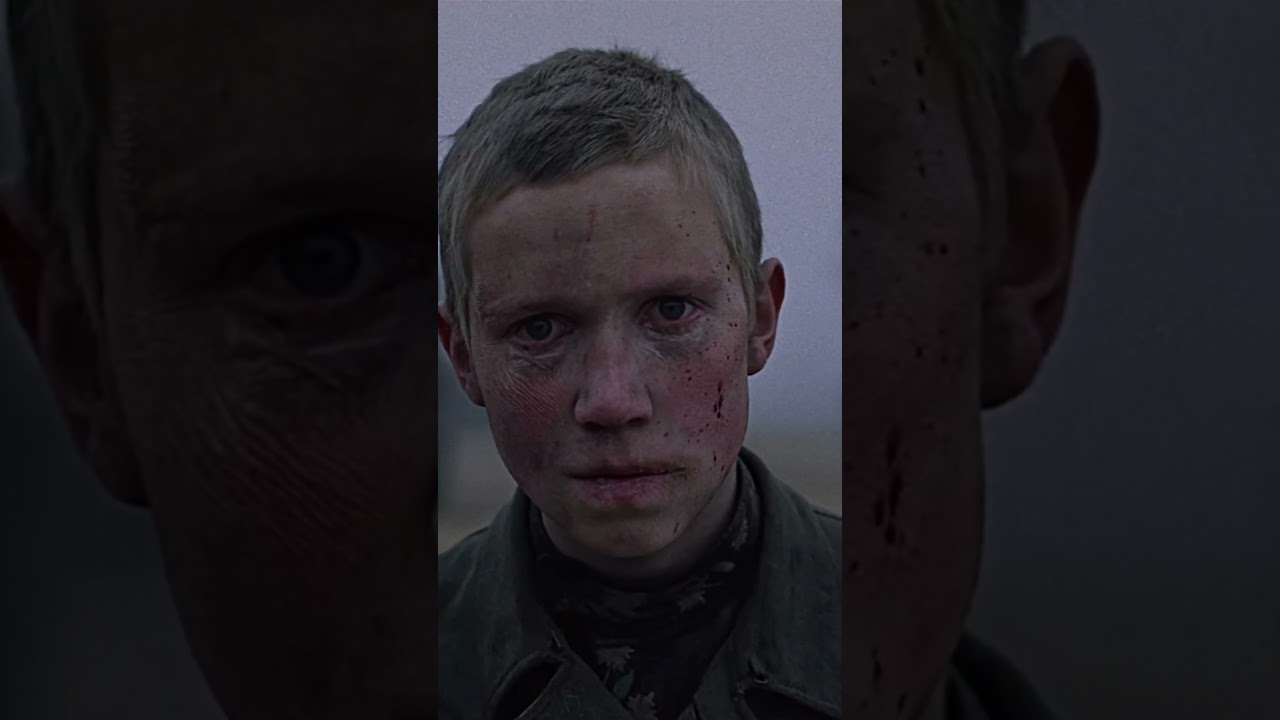War has long fascinated filmmakers, often showcasing its gut-wrenching intensity and stark brutality. When diving deep into this cinematic portrayal, one film that truly stands out is the 1985 Soviet classic Come and See, directed by Elem Klimov. This chilling exploration of the impacts of war takes us on a haunting journey through Nazi-occupied Belarus, leaving viewers grappling with the cruel realities of conflict. In this article, we’ll dissect how Come and See, along with other impactful films, dauntlessly confronts the unfathomable horrors of battle and its effects on humanity.
Top 7 Films That Reflect the Horrors of War: Come and See to There Will Be Blood
1. Come and See (1985)
Come and See leads the list with its heart-wrenching narrative that channels the experiences of a young boy named Florya. As he navigates the ravages of war, viewers are drawn into a world of vivid imagery and painful authenticity. The emotional impact of the film hammer home an essential lesson—war dehumanizes, devastates, and ultimately disrupts lives in unimaginable ways. Who can forget the haunting visuals of Florya’s transformation, showcasing innocence lost amid the chaos?
2. Apocalypse Now (1979)
No discussion of war films would be complete without Francis Ford Coppola’s Apocalypse Now. Inspired by Joseph Conrad’s novella Heart of Darkness, this epic masterpiece tackles the psychological turmoil linked to the Vietnam War. The iconic line, “I love the smell of napalm in the morning,” epitomizes the chilling disconnect between soldiers and the horrors they are immersed in. It provokes thought: at what point do we sacrifice our humanity in the name of conflict?
3. Full Metal Jacket (1987)
Stanley Kubrick’s Full Metal Jacket powerfully juxtaposes soldier training with the grim realities of combat. The film vividly depicts how young men transform into instruments of war, highlighting the loss of innocence and personal identity. The chilling mantra, “This is my rifle,” echoes the indoctrination soldiers undergo, compelling viewers to confront the dehumanizing processes entwined with military service.
4. Grave of the Fireflies (1988)
If you think animated films are all cuddly mascots and fairy-tale endings, Grave of the Fireflies says, “Hold my soda.” This heartbreaking story directed by Isao Takahata reveals the tragic plight of two siblings in post-war Japan. While at first glance it may seem gentle, it prompts heart-wrenching empathy for the innocent victims of war. What might seem like harmless animation is, in reality, a soul-shattering depiction of survival amidst devastation.
5. Saving Private Ryan (1998)
Steven Spielberg’s Saving Private Ryan is a cinematic game-changer, especially for its realism. That iconic Normandy beach landing scene? Talk about an unforgettable way to illustrate the chaos of war! Spielberg’s portrayal of the battlefield infuses emotional depth, forcing us to think about the untold cost of conflict. It drives home the point: while we often glorify heroism, we must also grapple with the personal sacrifices made in its name.
6. Come and See: The Orchestration of Memory and Trauma
In Come and See, Klimov artfully manipulates memory and trauma throughout the narrative. Dreamlike sequences starkly contrast with the naked, brutal truth faced by its characters. Viewed through the lens of history, it compels us to look back at our past horrors. The film illustrates how trauma follows generations and leaves lasting wounds, urging us to remember those lost amid the flames of war.
7. Last Breath: Bringing Her Back Through Memory
While not widely recognized, Last Breath captures the long-lasting echoes of warfare. Its narrative embarks on an emotional journey through memory, showing how storytelling can bring back connections severed by loss. By illuminating the significance of remembrance, it highlights humanity’s capacity to heal and cope with trauma. In this sense, memory truly serves as a powerful balm in the face of suffering.
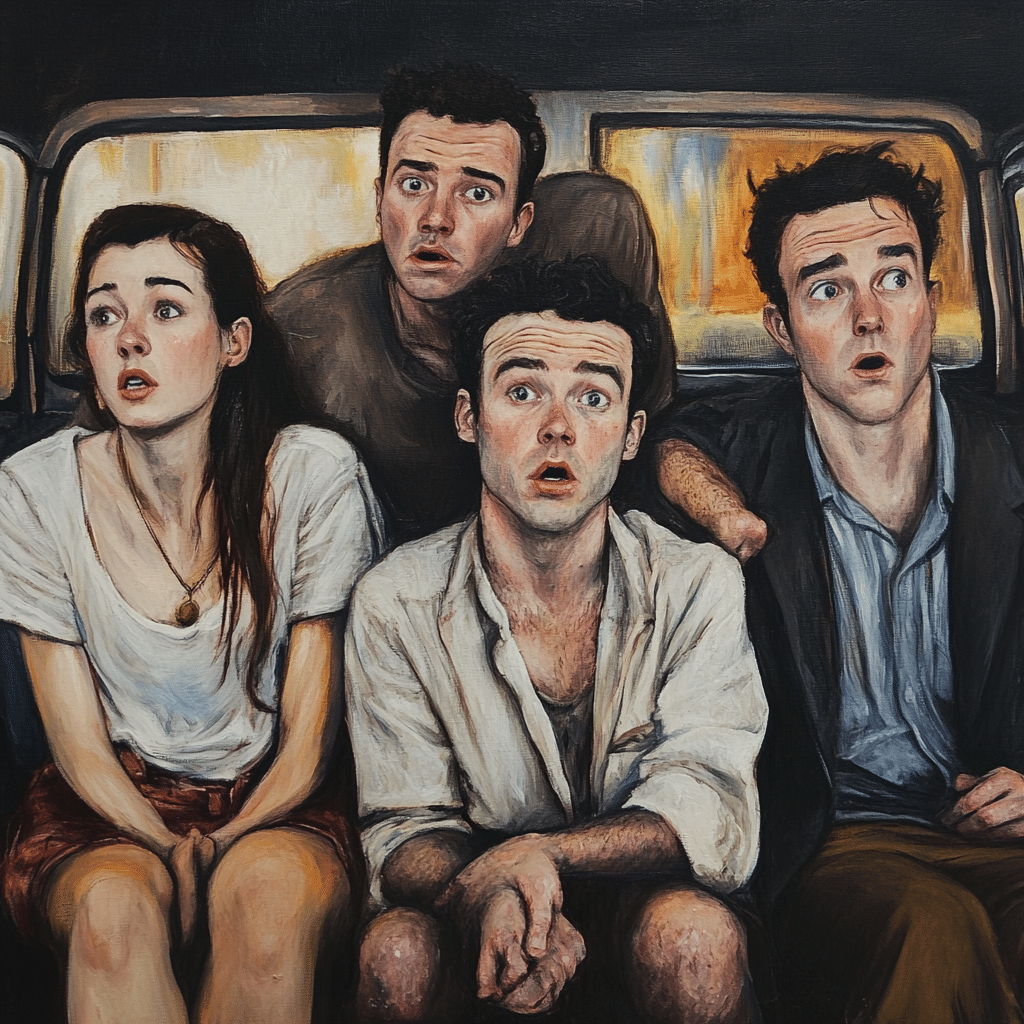
Let It Shine: Understanding the Cultural Impact of War Films
The cultural ripple effect of war films extends far beyond mere entertainment. They’ve become reflective lenses into societal attitudes towards conflict. As time marched on, the portrayal of war in film evolved, delving into complex depictions that challenge traditional glorifications of combat. Films like Come and See and Grave of the Fireflies light the way, urging us to foster empathy and understanding as we reckon with the ramifications of warfare.
The Evolving Conversation: Say Anything About War’s Horrors
Today, contemporary discussions surrounding war cinema invite us to engage actively with the narratives that permeate our understanding of conflict. With the haunting imagery of Come and See seared into our minds, we’re called upon to say anything—and everything—about this sensitive topic. While entertainment can sometimes offer a sanitized version of conflict, these films challenge us to face the often uncomfortable truths lurking behind glorified portrayals.
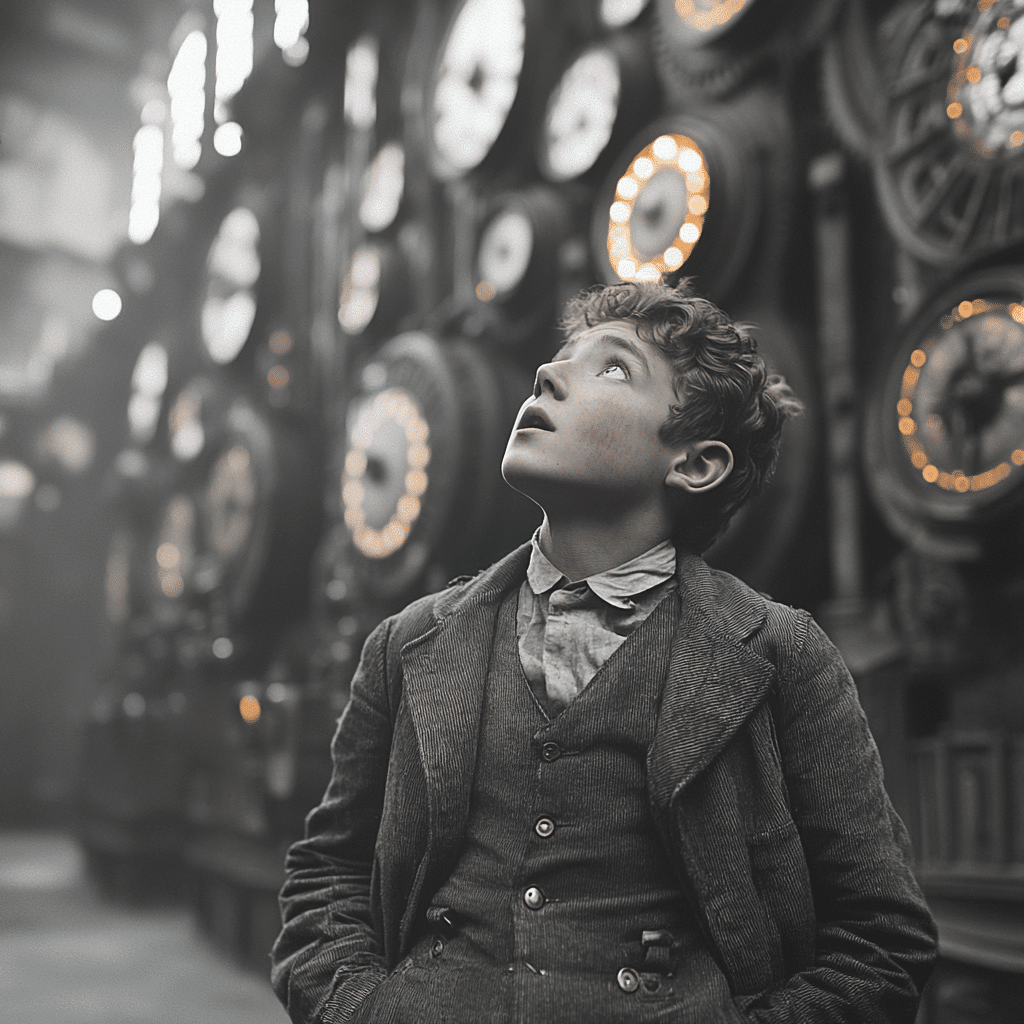
Looking Back and Moving Forward: Lessons from War Cinema
As we trace the depiction of war through film history, each story stands as a testament to our shared humanity. Films like Come and See remind us that we’re not merely spectators; we’re participating in an ongoing dialogue about morality and empathy. By reflecting critically on our collective past, we ensure that we honor those sacrifices while fostering a more profound understanding going forward. Films don’t just convey narratives; they illuminate a path for future generations to address the specter of war in more impactful ways.
War’s horrors demand more than storytelling; they call upon us to learn from our past and remain vigilant. As Come and See and its groundbreaking counterparts resonate within our hearts, we grasp the lessons they impart, promising to uphold the sacrifices of yesteryears while nurturing a brighter tomorrow.
As we ponder the complexities of conflict and the power of cinema, it becomes evident that films like Come and See are not just visual experiences but catalysts for change in societal perceptions about war. The hope is that we embrace these narratives, not only as reflections of our past but as guides toward a more compassionate future. So, grab your popcorn, hit that play button, and prepare to confront the profound messages that lie within these cinematic triumphs!
Come and See: A Groundbreaking Journey Into War’s Horror
The Legacy of “Come and See”
“Come and See,” directed by Elem Klimov, is more than just a film — it’s an experience that authentically captures the harrowing realities of war through a child’s eyes. Filmed in Belarus, the movie showcases a young boy, Florya, who witnesses the impact of Nazi atrocities. Interestingly, the performances, especially by Aleksei Kravchenko, were so raw that they’re often compared to the emotional ferocity seen in films like Wild Things, which dives into complex character dynamics. The film’s stark imagery and haunting sound design contribute to its reputation as one of the finest anti-war statements in cinema history.
And here’s a fun tidbit: Klimov allegedly took inspiration from personal stories of war and the intense memories shared by those who lived through it. The commitment to authenticity led to a tough shoot, replete with challenges that some actors found daunting. Speaking of remarkable actresses, did you know that Laura Benanti has also spoken about the emotional range required in performance art? It’s fascinating how actors across different projects, whether in war dramas or musical comedies, cultivate their craft.
Behind the Scenes
The film’s production was quite the adventure, as the crew faced numerous hardships during their shoot. The challenging conditions simulated many of the film’s disastrous events, resulting in a highly immersive experience. Did you know that while filming, many crew members became physically unwell? In a different vein, stories like that echo the dedication found in the production of Say Nothing, which also strives for authenticity in its storytelling. Such commitment often leads to stunning visuals and gripping narratives, preserving their place in cinematic history.
Interestingly, the film’s effects didn’t stop at the credits rolling. Its stark visuals have impacted various media, drawing comparisons to characters like Carmine Falcone from the Batman series, whose own complexities play out in a highly stylized universe. For those keeping score on a more cultural level, echoes of “Come and See” can even be felt amidst discussions about modern-day challenges, similar to the heated rivalry in the Seahawks vs. Giants games that bring audiences together despite their differences.
Unforgettable Impact
The raw and tangible experiences shown in “Come and See” demand reflection, prompting viewers to engage deeply with humanity’s darker sides. The film has influenced a wave of creators, extending its echoes into various genres and styles. In a world rife with conflict, it resonates with anyone interested in understanding the full scope of human experience, which is why being aware of its themes impacts how we engage with media today, much like the buzz around Natalie Viscuso and her attempts to balance fame and authenticity.
Finally, if you’re curious about how this film vibes with contemporary storytelling trends, consider the rise of streaming services like Zoro TV, which offer captivating narratives that challenge viewers beyond entertainment. It’s a reminder that the journey initiated by “Come and See” continues on, illuminating our screens and hearts with profound visual narratives. So, for anyone ready for a cinematic whirlwind, remember, it’s paramount to embark on this harrowing yet enlightening journey—come and see!
